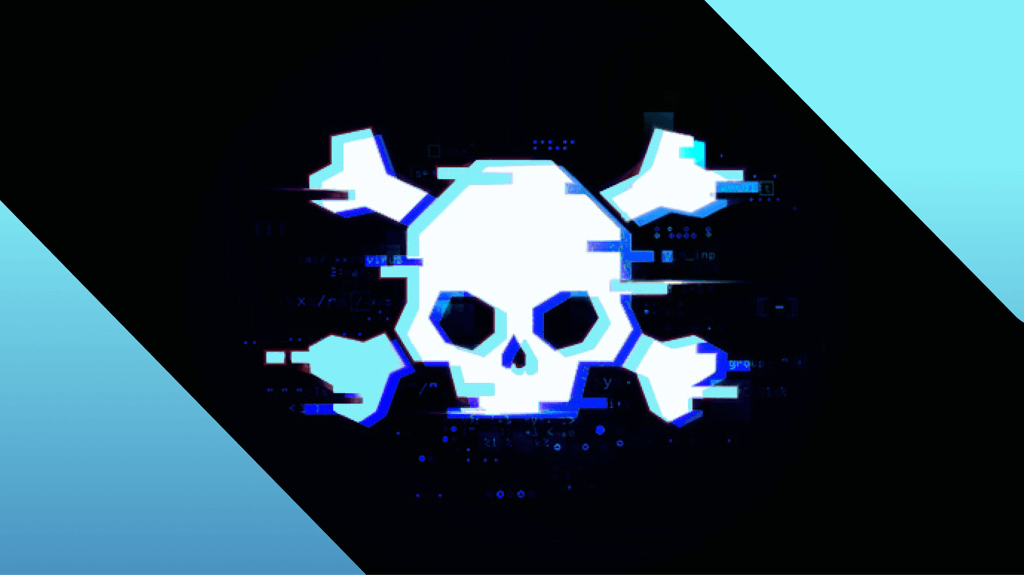
ALPHV ransomware gang fakes own death, fools no one
The ALPHV gang’s attempt to cover up an exit scam isn’t going well.
For the second time in only four months, all is not well on the ALPHV (aka BlackCat) ransomware gang’s dark web site. Gone are the lists of compromised victims. In their place, a veritable garden of law enforcement badges has sprouted beneath the ominous message “THIS WEBSITE HAS BEEN SEIZED.”

So far, so FBI, but all is not what it seems.
ALPHV is arguably the second most dangerous ransomware group in the world. It sells Ransomware-as-a-Service (RaaS) to criminal affiliates who pay for its ransomware with a share of the ransoms they extract.
When a task force of international law enforcement agencies score a hit on a target this big, they tend to make a bit of a song and dance about it. At a minimum, there are announcements. Last time the FBI disrupted ALPHV with an unscheduled home page redecoration in December, the law enforcement agency was very happy to tell everyone.
When the UK’s National Crime Agency (NCA) took a slice out of the LockBit gang last month it didn’t just tell everyone in a press release, it celebrated with a week-long fiesta of premium-grade trolling on LockBit’s own website.
They have every reason to celebrate their success, but this takedown—if that’s what it really is—has been greeted with nothing but silence from law enforcement.
In fact, ransomware experts have weighed in with an alternative explanation: ALPHV has recycled the takedown banner provided by law enforcement in December, and staged a fake takedown to cover its tracks while it runs off with its affiliates’ money.
The story starts on February 21, 2024, when an ALPHV affiliate attacked Change Healthcare, one of the largest healthcare technology companies in the USA. The attack has caused enormous disruption and been described by the American Hospital Association (AHA) President and CEO Rick Pollack as “the most significant and consequential incident of its kind against the US health care system in history.”
On March 3, a user on the RAMP dark web forum claimed they were the affiliate behind the Change Healthcare attack. They alleged that two days earlier Change Healthcare had paid ALPHV $22 million—backing up their claim with a link to a Bitcoin wallet that shows a 350 bitcoin transfer on March 1—and that ALPHV then suspended their account.
VX Underground reported that a day later, other ALPHV affiliates were also locked out of their accounts, while ALPHV issued an “ambiguous” message seemingly pointing the finger at the FBI for…something, before putting the source code to its ransomware up for sale for $5 million.
The final act in this entirely unconvincing drama was the appearance of a “THIS WEBSITE HAS BEEN SEIZED” banner on the ALPHV dark web site. Not only was the banner identical to the one used by law enforcement in December, it appeared to have been lazily copied from the compromised site.
The giveaway, spotted by ransomware researcher Fabian Wosar, was the URL of the takedown image, which was being kept in a directory called THIS WEBSITE HAS BEEN SEIZED_files.

“An image URL like this is what Firefox and the Tor Browser create when you use the ‘Save page as’ function to save a copy of a website to disk,” he pointed out.
Of course, it’s not impossible that law enforcement would do this, but it’s a far cry from the no-stone-left-unturned effort of the recent LockBit takedown. Unconvinced, Wosar took to X (formerly Twitter) to say he’d reached out to contacts at Europol and the NCA, and they declined “any sort of involvement”.
It’s the second reminder in under a month, following revelations that the LockBit gang didn’t delete its victims’ stolen data when they were paid a ransom, that you just can’t trust criminals.




